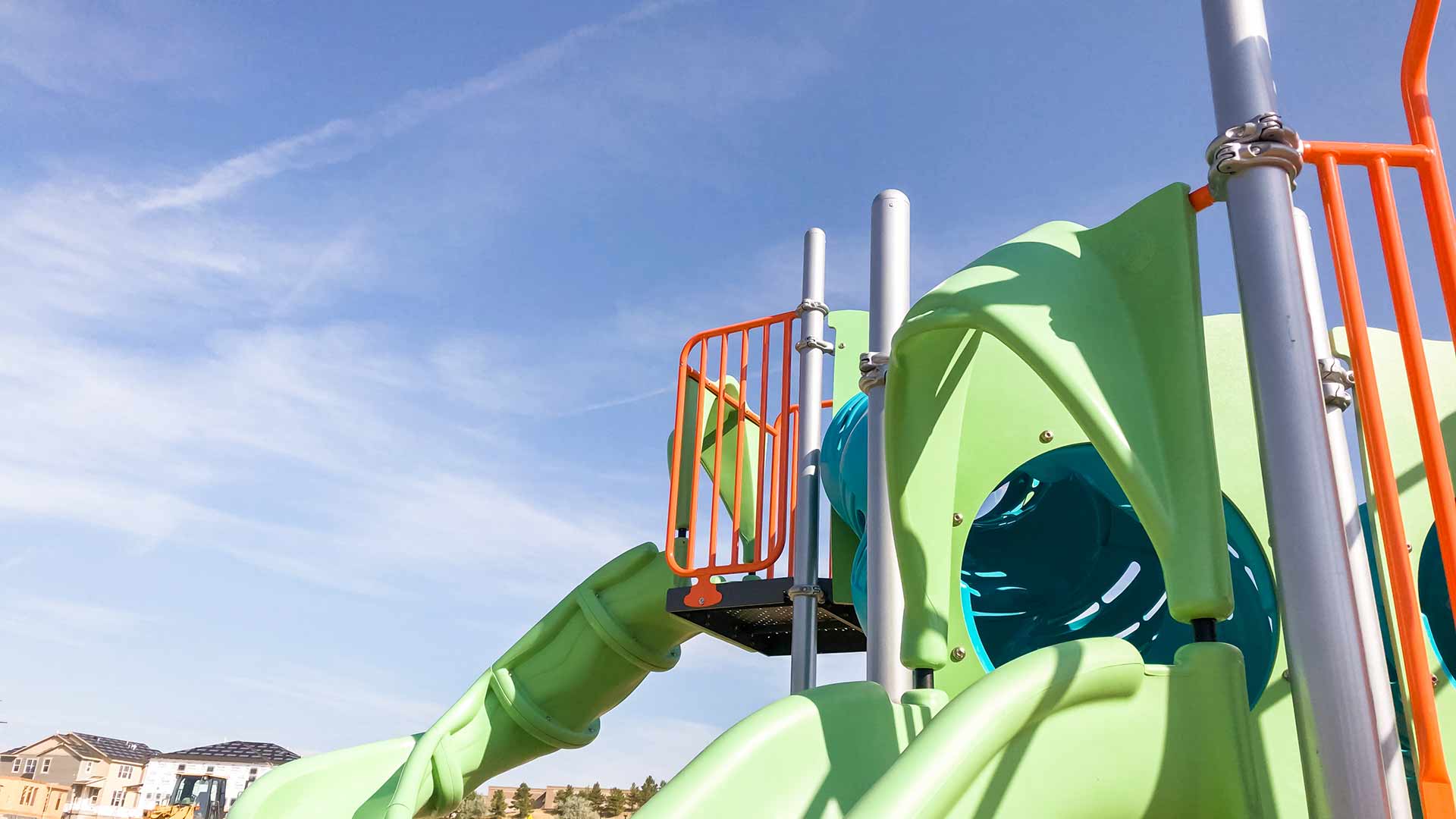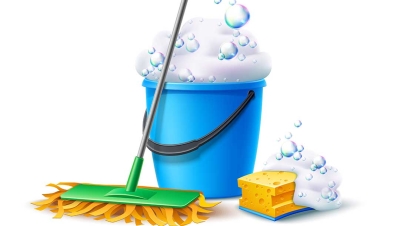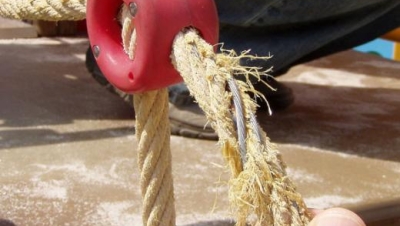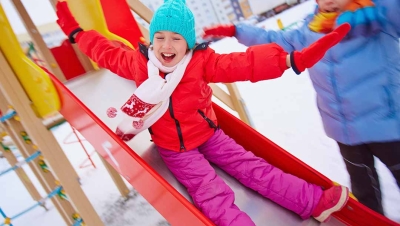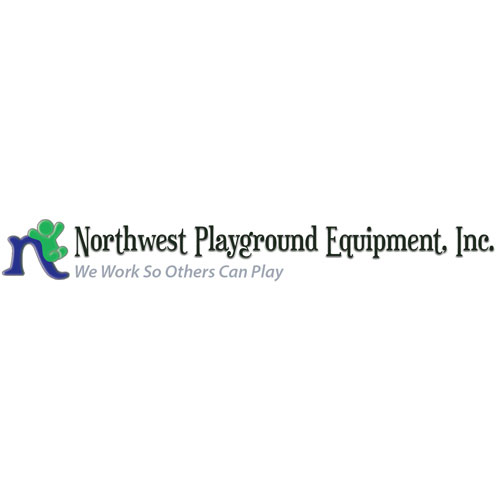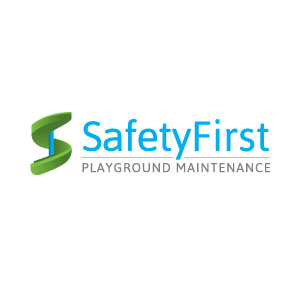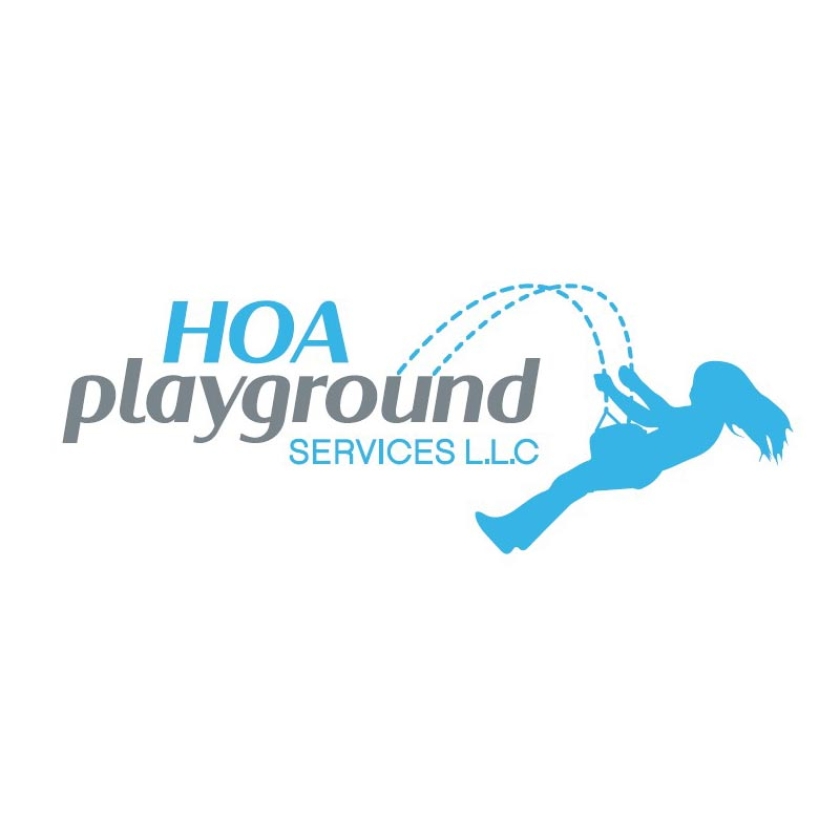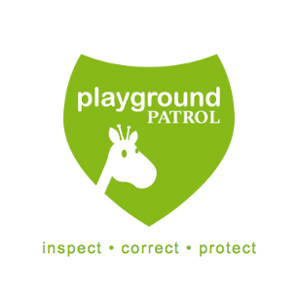The most common maintenance problems on playgrounds are basic oversights or simple carelessness, not horrific catastrophe-causing blunders.
It's a classic example of letting the little things slip by some - intentionally; others because of lack of appreciation of what it means - until they pile up into significant problems. Remember the funny song about an ant that moved a rubber tree plant? It doesn't require rocket scientist training or expensive high-tech equipment to maintain a playground. It just requires a conscientious effort to do the little things that collectively make a great difference.
Here are ten bad playground maintenance practices that too often occur. These oversights and "mistakes" can be corrected by being aware of them and taking the right corrective actions.
-
Not Following Manufacturer Maintenance Directions
The paperwork that manufacturers provide with playground equipment includes invoices, cargo shipping manifests, parts lists, installation diagrams/instructions, recommended maintenance directions, and a maintenance schedule. Too often all these papers are just piled together, stuffed in an envelope, and shoved into a file cabinet or drawer. Actually, each of these items is important to the department, but each may be important to a different staff person, each of whom has separate responsibilities. It is important that all documents be kept in a master file for each playground, but a copy of the maintenance instructions and schedule should be given directly to the persons personally responsible for maintaining the equipment. The directions should be carefully reviewed so that each task and procedure is completely understood. Don't be embarrassed to call the manufacturer's representative to get clarification if something in the directions isn't clear. Use the tools and supplies the manufacturer specifies to do the job; don't substitute. Get it right and do it the way the manufacturer says it needs to be done.
-
Not Following the Manufacturer Maintenance Schedule for Periodic Preventive Maintenance
Maintenance isn't a one-time task. The manufacturer has experts who have determined the appropriate frequency that each maintenance chore must be done. Disregarding these frequency recommendations is a sure way to accelerate wear and deterioration. Certain protective materials and operational parts inherently wear with use (in fact, they are often intended to do so) and must be maintained or replaced at regular intervals. These parts and lubricants are effective for just so long. Do it right and do it as scheduled!
-
Not Maintaining Proper Surfacing Depths
The effectiveness of loose-fill surfacing on playgrounds is very dependent upon the depth of the material. The top surface of a two-inch deep surface may look just like the top surface of a ten-inch deep surface, but the protection provided is certainly not the same! It is simple to set depth benchmarks on equipment posts many manufacturers are already providing these reference lines on new equipment and on the containment curb around the playground; then to keep the surfacing filled to these points and free from depressions or hollows in between. Keep a handy supply of the same surfacing material to top off low areas.
-
Not Maintaining Proper Drainage For Loose-Fill Surfacing
Organic loose-fill surfacing such as woodchips that is consistently soggy or very damp provides ideal growing conditions for toadstools and other fungi, algae, slime mold, and other potentially harmful growths. It becomes a habitat for worms, millipedes, and other insects. Once these are established, not only is the surfacing unhealthy for children, but the surfacing deteriorates faster and requires more maintenance. Containment basins for wood particle surfacing should drain excessive rain and runoff to near atmospheric humidity within a couple of days to minimize invasive growth or habitation. Inorganic surfacing materials such as sand or pea stone are less apt to have these problems, but in northern areas, any saturated loose-fill surface can become frozen into dangerous solid blocks or chunks if freezing temperatures occur before the surface can drain. Proper drainage for loose-fill surfacing should control the percolation of precipitation falling onto the surface and runoff above the surfacing area to prevent washing and erosion of the material. Maintenance of both drainage systems is necessary.
-
Not Performing Systematic Maintenance Inspections
Nothing is the same except change. We cannot always anticipate change; we have to check and confirm it. An inspection reveals only what conditions are when it is done, like a snapshot. Change can be the result of external forces such as windstorms, fallen trees, or reckless drivers; intentional damage attempts such as vandalism, theft, or arson; or eventual material failures such as rust, rot, or decay. Only by inspecting the playground on a regular fashion, using a complete itemized form can change be noted that requires repair or replacement and not just routine maintenance.
-
Not Tightening Loose Or Replacing Missing Fasteners or Connectors
We've all heard the joke that the most dangerous part of a car is the nut holding the steering wheel. But it is no joke that every part of a play structure is important to the integrity of the whole. Because play equipment must be shipped as a package of parts to be assembled and installed on-site, every piece - bolt, nut, and coupling is essential. No manufacturer includes superfluous fasteners on its equipment! If it is loose or missing, it cannot perform its essential function. Check every fastener or connection approximately six months after installation and annually thereafter.
-
Not Lubricating and Replacing Bearing Parts on Moving Equipment
A bearing part reduces friction and permits rotation or movement on equipment such as swings, merry-go-rounds, or track rides. These are usually soft metal bushings or ball bearings. Both minimize the energy required to produce the movement. If they are badly worn or broken, the moving equipment does not function as intended. Irregular wear to bearings can cause erratic motion and additional stress to other parts of the equipment. Lubricate these parts as specified in the manufacturer's manual and replace them when wear is obviously affecting motion. Some even recommend replacing these parts routinely every 12 to 24 months as preventive maintenance.
-
Not Using Correct Timely Maintenance on Metal Corrosion
All metal corrodes. There are two important tasks here: first - prevent as much as possible the start of any corrosion; second - repair the inevitable corrosion that may occur before it becomes irreparable. Steel can rust because of one of eight possible causes! Proper preventive maintenance for each likely cause is essential. It is important that early traces of rust be noted and the cause removed or corrected. In addition, in its early phase, rust can be stopped and further damage to the metal prevented. But if this isn't done early and correctly, rust can be a major problem to the structural integrity of playground equipment.
-
Not Performing Preventive Maintenance for Sun Deterioration
Plastics are used for many components of playground equipment from slide beds to play panels to swing seats and many more. There are two common causes of deterioration for plastics used outdoors: solar UV exposure and excessive heat. Individually they can age or weather plastics proportionate to the exposure. Together they can rapidly cause plastics to fade colors, crack, split, and become brittle and easily broken. Like metal rust, the progression of plastic deterioration can be tracked from its early phases. And like rust, early preventive treatment can prolong the life of the plastic. Reducing solar exposure by physical sunscreens nd application of the appropriate supplemental UV inhibitors have been very effective preventive maintenance procedures.
-
Not Keeping Accurate Maintenance Records
There are three excellent reasons to keep accurate maintenance records. In the first place, people who do things sometimes leave the department. In the second place, people who do things sometimes unexpectedly die. In the third place, people who do things sometimes.... well, I forget. (Gosh, that's my third reason!) There must be a chronological documented record of all maintenance performed. This permits back-tracking maintenance and repair patterns, cross-comparison of different brands of equipment, and helps project labor, tool, and material costs for more accurate budgeting.
By themselves, none of these "mistakes" are horrific, catastrophe-causing blunders. But as these little oversights and lazy practices accumulate, over time they increase future maintenance problems, expenses, and liability.
While they certainly are not as maintenance intensive as golf courses or baseball fields, playgrounds are not maintenance-free.
Much of routine playground maintenance is logical, commonsensical practices. But all playground equipment are structures, sometimes mechanical devices, and are constructed of a variety of materials. All these require careful, intelligent, preventive maintenance. These preventive maintenance practices are not mysterious or extremely complicated. The first credo of playground maintenance is to follow manufacturer recommendations.

